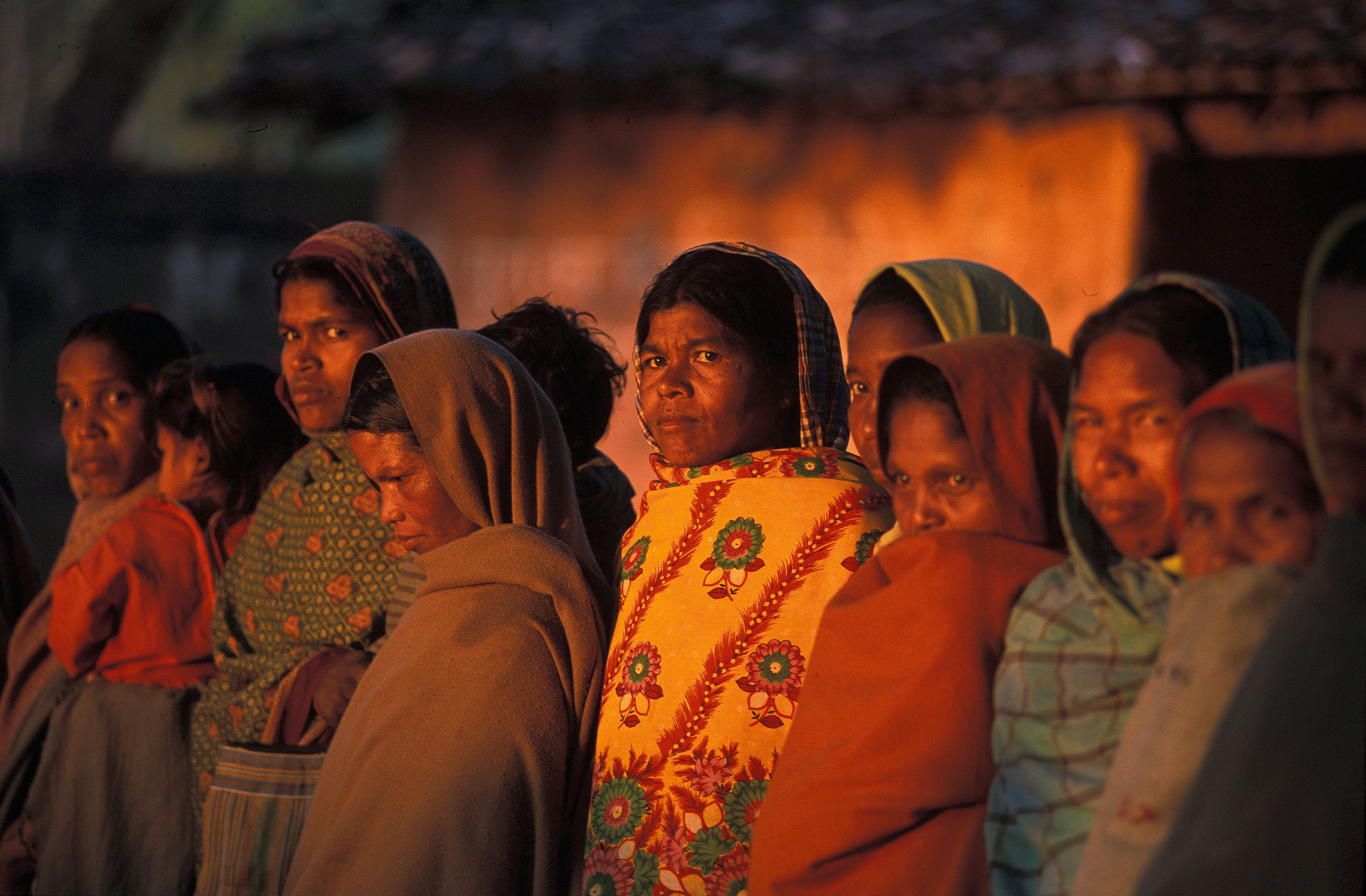Just been browsing through a brilliant new Oxfam guide to humanitarian campaigning. A treasure trove of 110 pages crammed full of wisdom, experience and 32 case studies on everything from addressing tribal conflicts in Pakistan to gender responsive work with Syrian refugees to influencing Australia’s humanitarian policy.
crammed full of wisdom, experience and 32 case studies on everything from addressing tribal conflicts in Pakistan to gender responsive work with Syrian refugees to influencing Australia’s humanitarian policy.
And no sign of an executive summary. Sigh. To be fair, it would be very hard to summarize, and the index is helpful. Anyway, in an effort to get the report out there a bit, even though I haven’t got time to try and write an exec sum (still less get it signed off!), here’s a taster:
Case Study: Influencing the Bangladesh government in response to floods
In 2011–12, floods in Bangladesh affected over 900,000 people and completely destroyed some 50,383 homes. Despite the scale of the emergency, the floods received little political or media attention nationally, and none internationally. Oxfam judged that while the government had the capacity to respond to the crisis at scale, its willingness to do so was constrained by a lack of public attention to the crisis and by fears that a full-scale response would be unaffordable.
To address this, Oxfam raised the public profile of the disaster by sending a professional photographer to cover the floods and exhibiting the photos at a high-profile Bangladeshi gallery. The exhibition, coupled with media coverage and lobby meetings around it, raised the profile of the disaster considerably with the public and political leaders. This increased profile resulted in more immediate government assistance to flood-affected communities in the form of grants, local government distributions and work to improve embankments and drainage, as well as longer-term initiatives to improve tidal river management.
At the same time Oxfam worked with communities, national civil society partners, key government officials and donors to demonstrate to the government that a significant proportion of the shelter needs of those displaced by the floods could be covered at relatively low cost. In partnership with the government, Oxfam supported partners to deliver 12,000 flood-resilient homes and latrines – 10 percent more than planned – under budget and in less than a year. In addition to the direct benefits of this shelter programme for communities, this initiative opened doors with national and local leaders, including local MPs and the Ministry of Disaster Management and Relief. This increased political access enabled Oxfam and other civil society partners to influence the government’s commitment to delivering cost-effective and resilient shelter assistance at scale to people affected by floods in the future.
This experience shows the importance of engaging state authorities at multiple levels and in a variety of ways for greater influence – from lobbying and influencing through the media to relationship building through direct partnerships with government authorities.
Analytical Framework: International response options for varying combinations of state willingness and ability
This post was originally written by Duncan for his blog From Poverty to Power.






